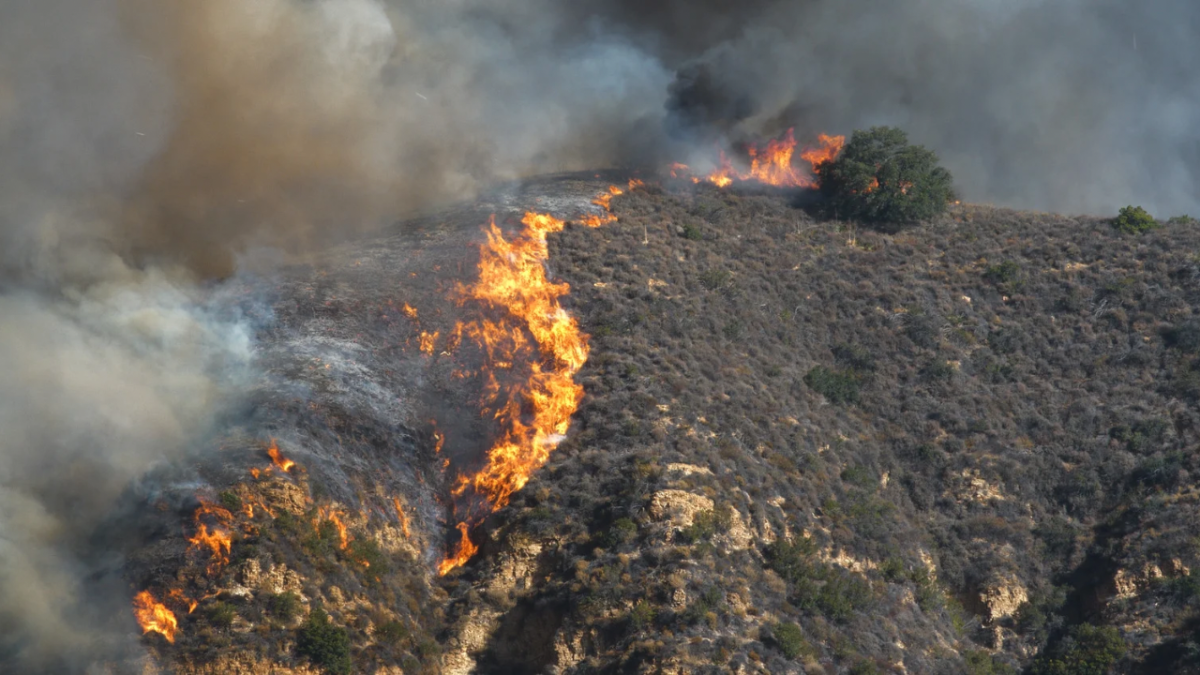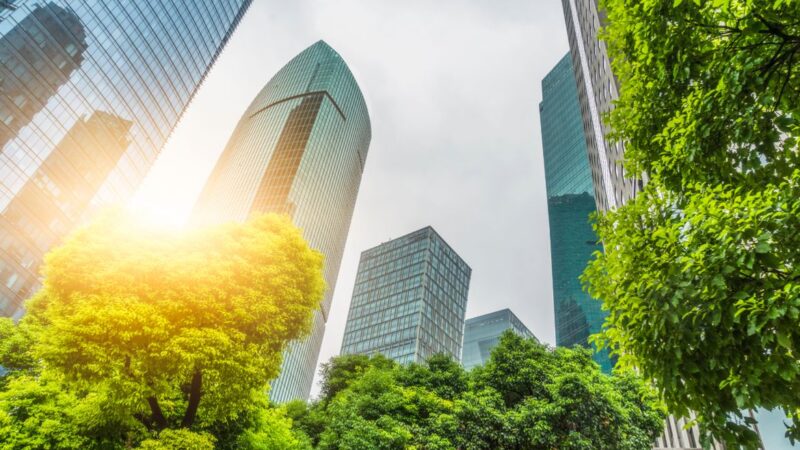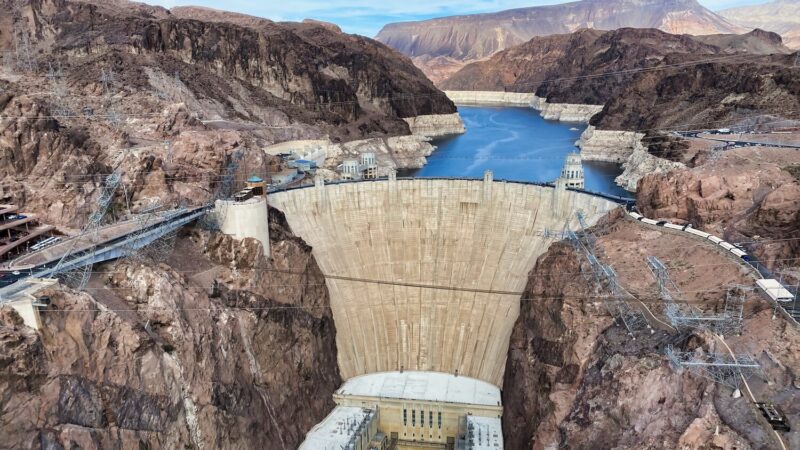
Pacific Palisades fire — UCLA experts warn of extreme wildfire risks in SoCal
UCLA experts warn of extreme wildfire risks, how Santa Ana winds are making the fire worse, what you need to know about fire safety and more.
3:02 PM Tuesday, January 7: Southern California is experiencing its most severe wind event in over a decade, with gusts expected to reach up to 100 miles per hour.
The extreme weather has triggered widespread red flag warnings and fueled multiple wildfires, including a fast-moving brush fire in Pacific Palisades that has forced evacuations. UCLA climate scientist Daniel Swain warns that the region is facing an “atmospheric blow-dryer” effect, as fierce Santa Ana winds, bone-dry vegetation and unseasonably warm temperatures create a dangerous fire-prone environment.
“We really haven’t seen a season as dry as this one follow a season as wet as the previous one—all of that extra abundant growth of grass and vegetation, followed immediately by a wind event of this magnitude while it’s still so incredibly dry,” Swain explains.
The powerful Santa Ana winds originate from high-pressure systems over the Great Basin, rushing downslope toward coastal California. As they move, they compress and heat up, rapidly drying out vegetation and creating ideal conditions for explosive wildfire growth. The National Weather Service has classified this event as a particularly dangerous situation, a rare designation usually reserved for the most extreme fire weather conditions.
Meteorologists say wind speeds are reaching 80 to 100 mph in mountain and foothill regions, strong enough to knock down trees, power lines and damage structures. The intensity of the winds is not just fanning existing fires but also making it nearly impossible for firefighters to contain them.
What’s happening on the ground?
- Pacific Palisades Fire: This rapidly spreading blaze has already burned over 200 acres and forced mandatory evacuations.
- Hollywood Hills Fire: Firefighters are working to protect structures as flames move dangerously close to residential areas.
- Power outages & school closures: Utility companies are considering cutting power to 65,000 customers to prevent downed lines from sparking new fires, while schools in high-risk areas are closing as a precaution.
UCLA research has long studied the impact of climate change on California’s wildfire seasons. Recent studies suggest that warming temperatures and shifting precipitation patterns due to climate change are making extreme fire weather events more frequent and intense. The state is now experiencing longer dry seasons and more volatile shifts between wet and dry years, leading to explosive vegetation growth followed by severe drought conditions, fueling heightened wildfire risks.
How to stay safe
Authorities urge residents to take the following precautions.
- Stay alert for evacuation orders and have an emergency plan in place.
- Avoid unnecessary outdoor activity and be cautious of falling debris in high-wind areas.
- Monitor air quality, as smoke and ash can pose serious health risks.
- Follow research updates on fire resilience and climate adaptation strategies.
Stay informed: UCLA’s fire safety measures & emergency updates
As Southern California battles extreme fire weather, staying up-to-date is crucial. UCLA’s Office of Emergency Management has issued important safety guidance for faculty and staff, addressing wildfire risks, evacuation protocols and air quality monitoring.
For the latest updates on how UCLA is responding to the Pacific Palisades fire and extreme wind conditions, read the UCLA Newsroom article: “Dealing with Dangerous Winds and Extreme Fire Risk at UCLA.”
Stay tuned for further updates as UCLA experts continue to study these extreme weather events and their long-term impact on California’s future.
Tags: Pacific Palisades fire, UCLA wildfire research, Santa Ana winds fire risk, Extreme wind wildfire California, Wildfire evacuations SoCal, UCLA experts, UCLA research, UCLA climate experts explain growing wildfire threat.




